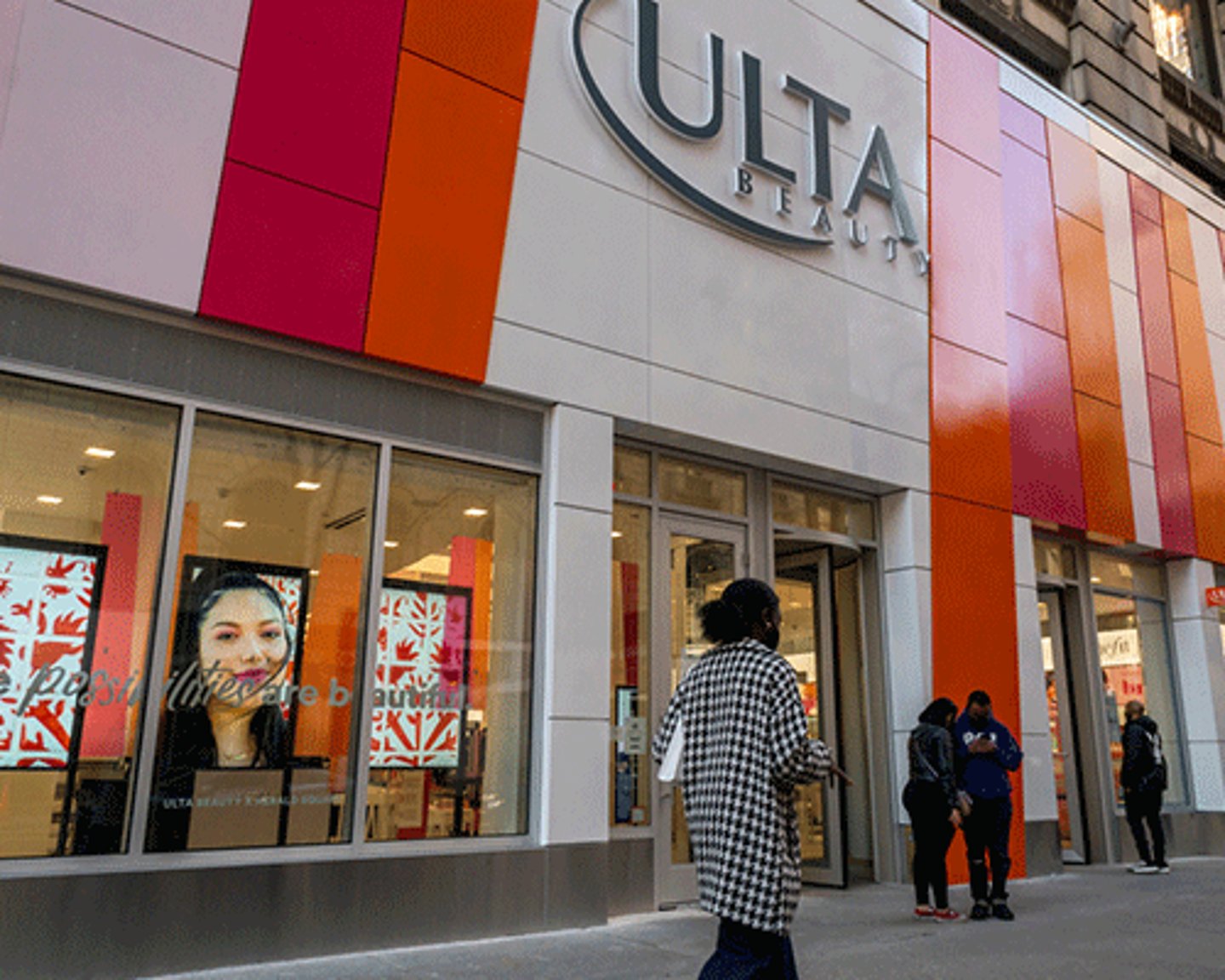Super Saturday’s retail winners include Ulta Beauty, dollar stores and off-pricers
Super Saturday was a boon for a small subset of retailers.
That’s according to foot traffic analytics firm Placer.ai, which found that most retail segments and individual retailers saw visits drop year-over-year and compared to Super Saturday 2019. (Super Saturday fell on Dec. 17 this year, a full eight days before Christmas, which some experts predicted would make for slower traffic than in past years.)
“The distance of Super Saturday to Christmas is important,” said Ethan Chernofsky, VP of marketing at Placer.ai. “There is even more time for shopping ahead of the holiday and ample evidence that the lack of major doorbuster deals limits the urgency on any specific day.”
Here are the top-line Super Saturday takeaways from Placer.ai:
- Discount and dollar stores were perhaps Super Saturday’s winning retail segment, with visits up 1.1% year-over-year, and 7.8% compared to Super Saturday 2019.
- Ulta Beauty was Super Saturday’s winner, with visits up 7.4% year-over-year, and up 2.7% compared to 2019.
[Read More: Placer.ai: Ulta, Sephora ‘sitting pretty’ amid economic uncertainty]
- Off-price retailers also saw visits up compared to 2021, with visits up 2.4% at T.J. Maxx, 2.9% at Marshalls, and 0.3% at Ross Dress for Less.
Overall, most segments and individual retailers saw visits drop year-over-year compared to Super Saturday 2019, according to Chernofsky. But he noted that compared to an average of the past six Saturdays, Super Saturday foot traffic was mostly up.
“Super Saturday, like Black Friday, still drove massive visit peaks for most chains and categories examined,” Chernofsky added. “Like many other retail holidays, while the relative peak may have declined, the overall importance is still massive.”
Overall, 73% of consumers – 189 million people – shopped on Super Saturday, with 70% shopping in a physical store, according to a survey from ICSC. Shoppers identified the lowest prices (51%), in-stock products (46%), and ease of checkout (36%) as the primary factors in choosing where to shop.


